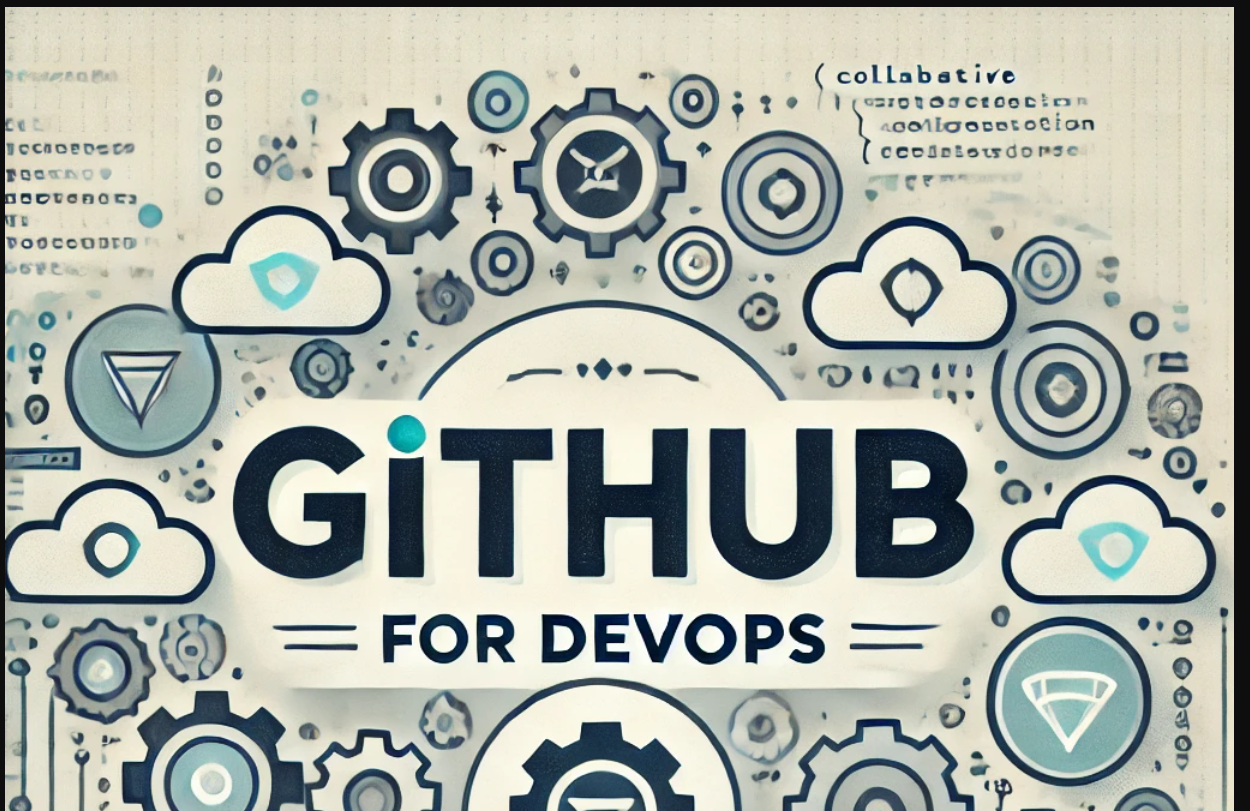Understanding Git & GitHub: A DevOps Perspective
 Kanav Gathe
Kanav Gathe
1. What is Git and Why is it Important?
Git is a distributed version control system that helps developers track changes in their code over time. Think of it as a time machine for your code that remembers every change you make and allows you to:
Track who made what changes and when
Revert to previous versions if something goes wrong
Work on different features simultaneously without interfering with each other
Collaborate with team members efficiently
Git is crucial in DevOps because it enables:
Continuous Integration/Continuous Deployment (CI/CD)
Code review processes
Team collaboration
Project history maintenance
Bug tracking and resolution
2. Main Branch vs Master Branch
The difference between Main and Master branch is primarily terminology-based, but it reflects an important industry shift:
Master Branch: The traditional default name for the primary branch in Git
Main Branch: The new industry-standard name that's being adopted for inclusivity
Functionally, they serve the same purpose as the default/primary branch of your repository. GitHub and many organizations have moved to using "main" as the default branch name since October 2020 to promote more inclusive language.
3. Git vs GitHub: Understanding the Difference
Think of it this way:
Git is like your local workshop where you build and track changes to your project
GitHub is like a social workshop hosting service where you can share your work and collaborate with others
Key differences:
Git is the version control system that runs locally on your machine
GitHub is a cloud-based hosting service that lets you manage Git repositories
Git can work completely offline; GitHub requires internet connection
Git handles version control; GitHub adds collaboration features like pull requests, issues, and discussions
4. Creating a New Repository on GitHub
The process is straightforward:
Log into GitHub
Click the "+" icon in the top right corner
Select "New repository"
Fill in the details:
Repository name
Description (optional)
Public/Private setting
Initialize with README option (optional but preferred)
License selection (if needed)
Click "Create repository"
5. Local vs Remote Repository and Connecting Them
Local Repository:
Exists on your computer
Contains all project files and Git history
Where you make changes and commit them
Can work offline
Remote Repository:
Hosted on a server (like GitHub)
Serves as a centralized location for team collaboration
Accessible to all team members
Requires internet connection to sync
Connecting Local to Remote:
# Initialize a local repository
git init
# Add your files to staging(all)
git add .
# Add your file to staging(selected)
git add filename
# Commit your files
git commit -m "Initial commit"
# Add remote repository URL
git remote add origin <repository-URL>
# Push your code to remote
git push -u origin main

In the diagram above, you can see how these components interact. The Working Directory is where you make changes, the Staging Area is where you prepare changes for commit, and the Local Repository stores your commit history. The Remote Repository on GitHub serves as the central point for collaboration.
Understanding these concepts is crucial for DevOps engineers as they form the foundation of version control and collaboration in modern software development. Git and GitHub are essential tools that enable efficient team collaboration, code management, and deployment processes in the DevOps pipeline.
Subscribe to my newsletter
Read articles from Kanav Gathe directly inside your inbox. Subscribe to the newsletter, and don't miss out.
Written by
